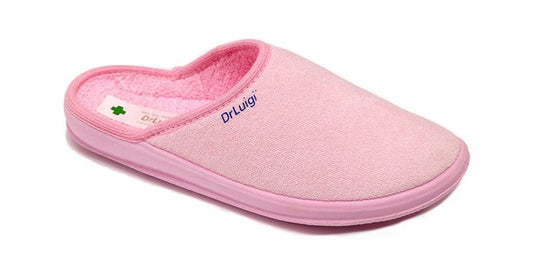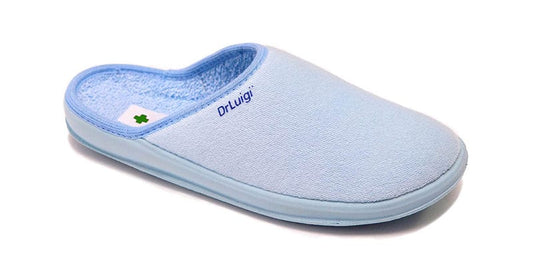Varicose veins are a common condition affecting millions of people worldwide, characterized by swollen and twisted veins, primarily in the legs and feet. While they can be uncomfortable and aesthetically displeasing, untreated varicose veins may lead to more severe health issues.
Definition
Varicose veins occur when the valves within veins weaken or malfunction, allowing blood to pool and veins to expand and twist. These enlarged veins may range from small, spider-like veins to large, bulging ones visible through the skin.
Causes
Several factors contribute to the development of varicose veins, including age-related weakening of vein valves, genetic predisposition, hormonal changes (more common in women), obesity, and prolonged periods of standing or sitting.
Symptoms
Symptoms of varicose veins vary among individuals but may include swelling, burning or itching sensations, leg pain or cramping, skin changes such as thickening or discoloration, and skin lesions or ulcers, particularly around the ankles.
Treatment
Treatment options for varicose veins depend on the severity of the condition and individual needs. Common treatment modalities include:
- Sclerotherapy: A non-invasive procedure where a solution is injected into the affected vein, causing it to break down and disappear.
- Compression stockings: These specially designed stockings exert pressure on the veins, promoting better blood flow in the legs.
- Endovenous laser treatment: A minimally invasive procedure where the damaged vein is sealed off using laser heat.
- Vein stripping: Surgical removal of the problematic vein through incisions in the skin.
- Ambulatory phlebectomy: Surgical removal of the affected vein through small skin incisions.
Early recognition and appropriate management of varicose veins are essential to prevent potential complications and improve overall well-being. Individuals experiencing symptoms of varicose veins should consult a healthcare professional for evaluation and personalized treatment recommendations. By addressing varicose veins promptly, individuals can alleviate discomfort, prevent further complications, and enhance their quality of life.





